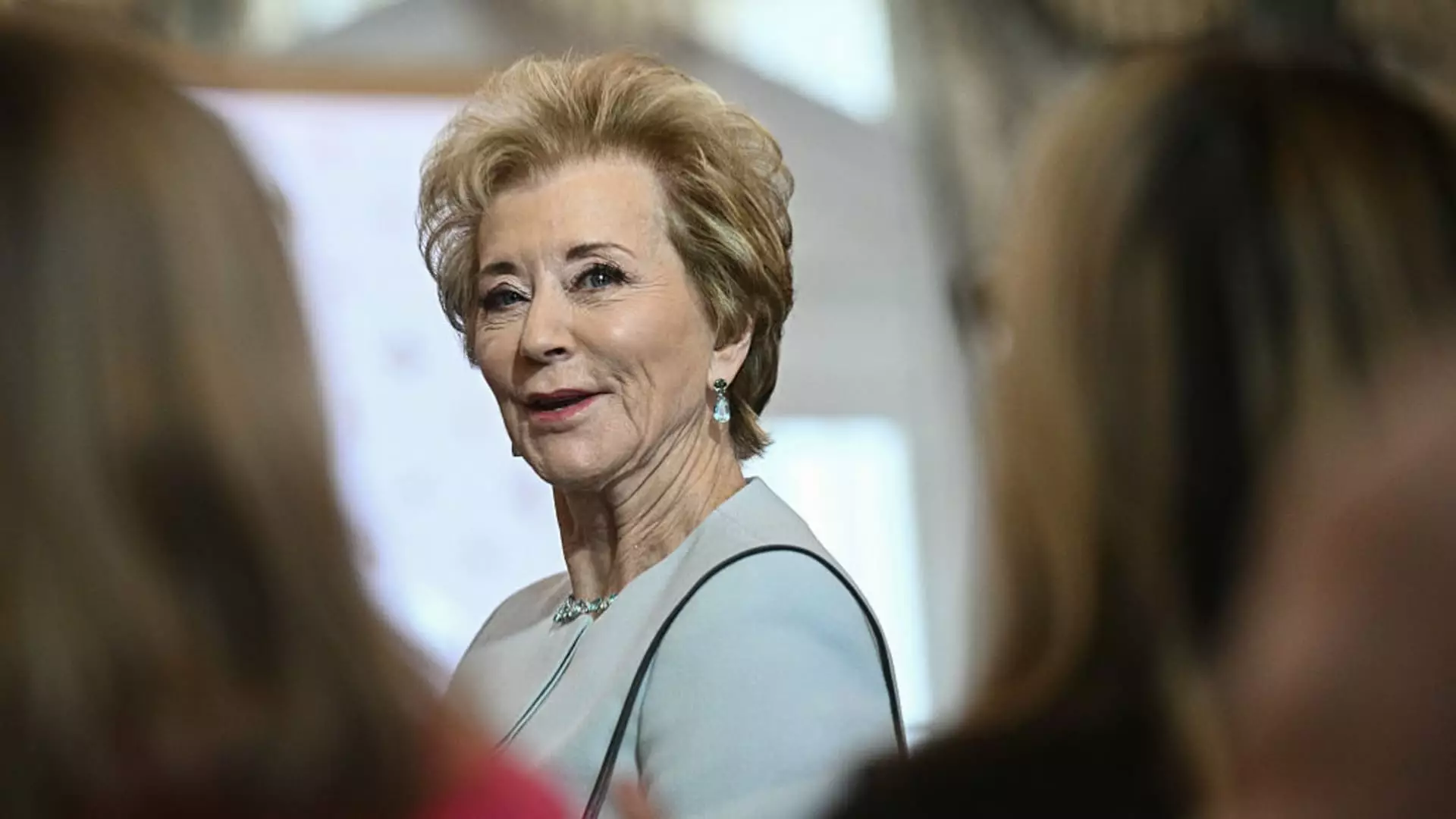In an age where higher education is touted as the pathway to prosperity, the harsh reality of student debt renders many graduates trapped in a relentless cycle of financial despair. Jason Collier, a dedicated special education teacher in Virginia, epitomizes the struggle of countless Americans navigating the treacherous waters of education financing. At 46, he is not just a teacher; he is a father grappling with the dual burdens of raising two children and managing medical expenses from a cancer diagnosis. The prospect of having 15% of his wages garnished due to delinquent student loans haunts him. The jargon of “default” and “garnishment” might seem clinical to some policymakers, but for Collier, it represents a destabilizing financial chasm that could spiral him further into poverty. The emotional and psychological toll of such debt is often overlooked, but it lurks as a shadow behind the financial figures.
The Administration’s Disregard for Human Consequences
The disparate approaches of the Trump and Biden administrations towards student loan management starkly highlight a disconnect between bureaucratic actions and the lived experiences of borrowers. Under the previous president, aggressive collection measures were reinstated, leading to garnishings of wages, tax refunds, and Social Security benefits. In a country with over 42 million student loan holders and a staggering total of $1.6 trillion in federal education debt, the revelation that over 5 million are currently in default is nothing short of alarming. The U.S. Secretary of Education, Linda McMahon, insists that it is the borrowers’ responsibility to repay their debts, but this rhetoric fails to consider the contextual hurdles that many face.
The reality is that most defaulting borrowers are not evading responsibilities; rather, they are ensnared in a financial quagmire exacerbated by punishing economic conditions. The cost of living remains high while wages stagnate. Those classified as “defaulted” are not lazy or careless; they are often hard-working individuals trying to navigate a system that is more predatory than supportive. As James Kvaal, former undersecretary of education, succinctly notes, the consequences of these policies are “punitive and sometimes tragic.”
Personal Stories of Struggle and Survival
Take, for instance, Marceline Paul, a 68-year-old retiree who faces the grim possibility of having her Social Security benefits garnished. After decades of dedicated work in healthcare, Paul now finds herself wanting to visit her home country of Trinidad—a journey that seems increasingly out of reach due to potential garnishment. Her monthly Social Security barely covers living expenses, and the thought of it being siphoned away is nauseating. Such stories reveal the human cost behind numbers; they are reminders that debt collection isn’t merely a financial issue, but a matter of emotional and social well-being.
With over 450,000 borrowers over the age of 62 struggling to manage their student debts, it’s evident that older generations are not immune to this crisis. The federal programs designed to alleviate these burdens seem rather detached from reality when they cut into the meager incomes of retirees who have spent a lifetime contributing to society. The system fails to acknowledge that for many retirees, every dollar counts.
A Voices Lost in the Chaos
Kia Brown, a management analyst at the Department of Veterans Affairs, is yet another face in this daunting landscape. At 44, she wants to repay her loans—an act of responsibility and integrity—but finds herself lost in a morass of conflicting information and bureaucratic hurdles. The inability to establish clear communication with loan servicers like Mohela or Navient adds layers of frustration and anxiety. What is most striking is the narrative framing around student loans, which positions borrowers as irresponsible rather than people overwhelmed by an unforgiving system.
America stands at a crossroads where the future of education financing must be reconsidered. If we continue to stigmatize borrowers—viewing them through the lens of failure rather than empathy—we risk perpetuating a cycle of disenfranchisement. Instead of supporting those willing to better themselves through education, our current approach often leads to their financial ruin.
Reimagining Student Debt Solutions
We must demand systemic changes, advocating for policies that prioritize financial education, transparent communication, and substantial support for borrowers. The narrative that often surrounds student debt needs radical rewriting; it must shift from one of blame to one of understanding. Policymakers need to listen to and uplift the stories of real people like Collier, Paul, and Brown—individuals caught in a system designed to punish rather than assist.
A comprehensive, compassionate approach to student loans is crucial, one that recognizes the burdens carried by borrowers while also fostering a sense of accountability. It’s time to prioritize people over profits, acknowledging that education is a right and a risk, not merely a gateway to a life of debt.

